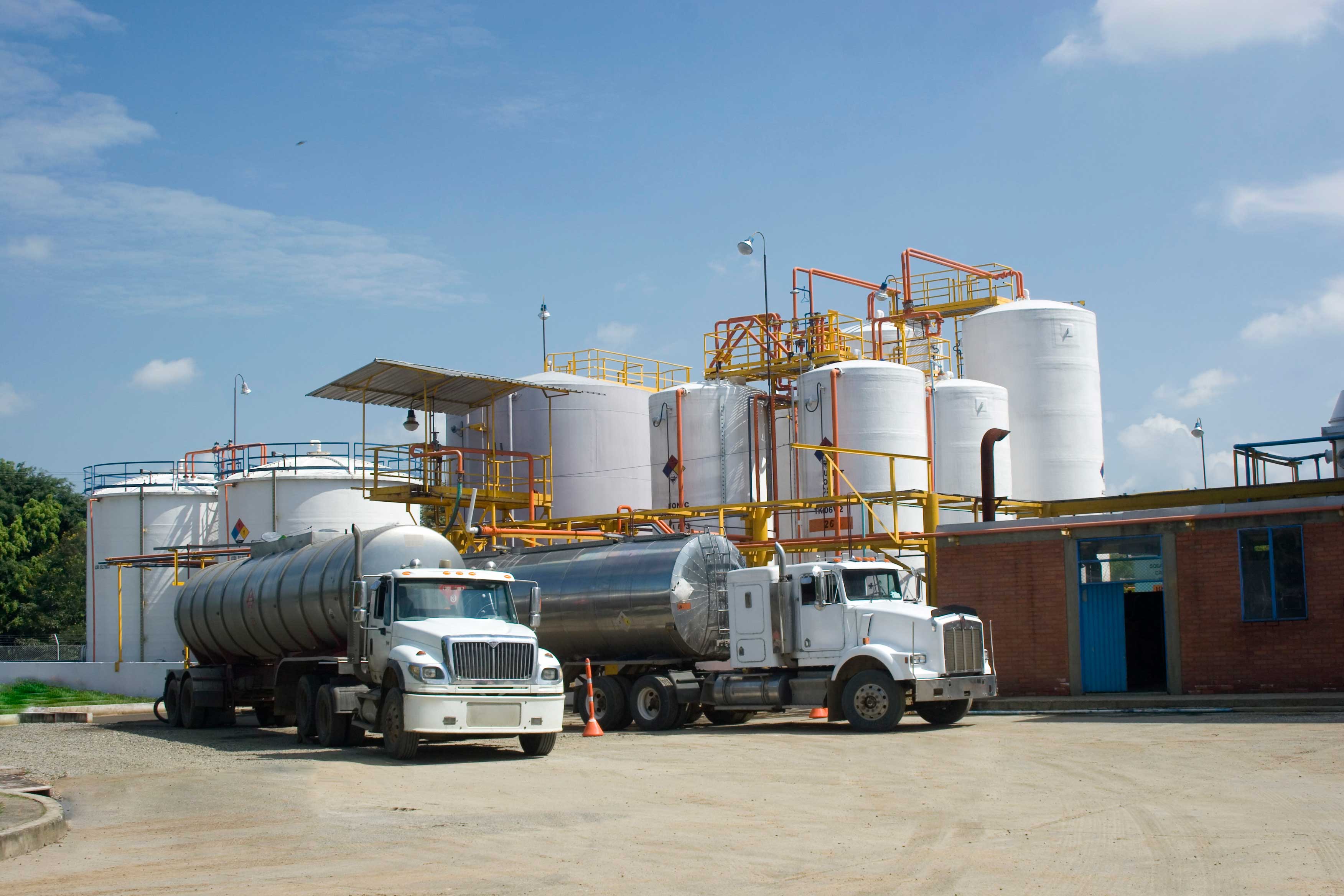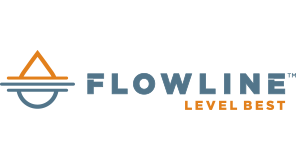 Rooted in science and manufacturing technology, the chemical industry converts raw material feedstock such as oil, coal, natural gas, air, water, metals and minerals into 75,000 end-user products through various reactive, refinement and mixing processes. With revenues in excess of $3 trillion globally, the chemical industry employs millions of people and is central to world economic and societal health. The top-100 chemical companies have combined revenues of $1.4 trillion led by BASF, Sinopec and ExxonMobil. The remainder of the market is served by a few thousand specialty-firms. The main product categories include: Basic commodity chemicals such as petrochemicals, intermediaries, resins, dyes and pigments; Specialty chemicals like adhesives, sealants, coatings and water treatment chemicals; Pharmaceuticals such as drugs, vaccines and vitamins; Agricultural chemicals like fertilizers, herbicides and pesticides and; Consumer products such as soaps, detergents, cleaners and cosmetics. To satisfy the diverse market requirements, chemicals are passed through multiple companies and processed several times before reaching their final composition. The main industry drivers are the price and availability of raw material feedstock at their point of refinement; Cost of energy to refine, blend and transport chemicals throughout the supply chain and; Cost of regulatory compliance associated with workplace safety and environmental protection. The $850 billion US chemical industry is comprised of companies that refine, blend and distribute chemicals throughout North America and overseas. Refining companies like Shell, produce and sell basic commodity chemicals to the high volume blenders. Blending companies such as Bayer, source basic commodity chemicals, and further refine them into high-value products. Distribution companies like Brenntag, blend and supply specialty chemicals to a diverse base of industrial, municipal and commercial users. Distributors operate regionally and specialize in particular markets. Chemicals are delivered via bulk tanker trucks, portable intermediate bulk containers and 55-gallon drums. Their profitability hinges on supply chain management, fuel prices and trucking logistics. Level measurement and control solutions are required for inventory monitoring, automation and safety throughout chemical manufacturing, distribution and consumer applications.
Rooted in science and manufacturing technology, the chemical industry converts raw material feedstock such as oil, coal, natural gas, air, water, metals and minerals into 75,000 end-user products through various reactive, refinement and mixing processes. With revenues in excess of $3 trillion globally, the chemical industry employs millions of people and is central to world economic and societal health. The top-100 chemical companies have combined revenues of $1.4 trillion led by BASF, Sinopec and ExxonMobil. The remainder of the market is served by a few thousand specialty-firms. The main product categories include: Basic commodity chemicals such as petrochemicals, intermediaries, resins, dyes and pigments; Specialty chemicals like adhesives, sealants, coatings and water treatment chemicals; Pharmaceuticals such as drugs, vaccines and vitamins; Agricultural chemicals like fertilizers, herbicides and pesticides and; Consumer products such as soaps, detergents, cleaners and cosmetics. To satisfy the diverse market requirements, chemicals are passed through multiple companies and processed several times before reaching their final composition. The main industry drivers are the price and availability of raw material feedstock at their point of refinement; Cost of energy to refine, blend and transport chemicals throughout the supply chain and; Cost of regulatory compliance associated with workplace safety and environmental protection. The $850 billion US chemical industry is comprised of companies that refine, blend and distribute chemicals throughout North America and overseas. Refining companies like Shell, produce and sell basic commodity chemicals to the high volume blenders. Blending companies such as Bayer, source basic commodity chemicals, and further refine them into high-value products. Distribution companies like Brenntag, blend and supply specialty chemicals to a diverse base of industrial, municipal and commercial users. Distributors operate regionally and specialize in particular markets. Chemicals are delivered via bulk tanker trucks, portable intermediate bulk containers and 55-gallon drums. Their profitability hinges on supply chain management, fuel prices and trucking logistics. Level measurement and control solutions are required for inventory monitoring, automation and safety throughout chemical manufacturing, distribution and consumer applications.





